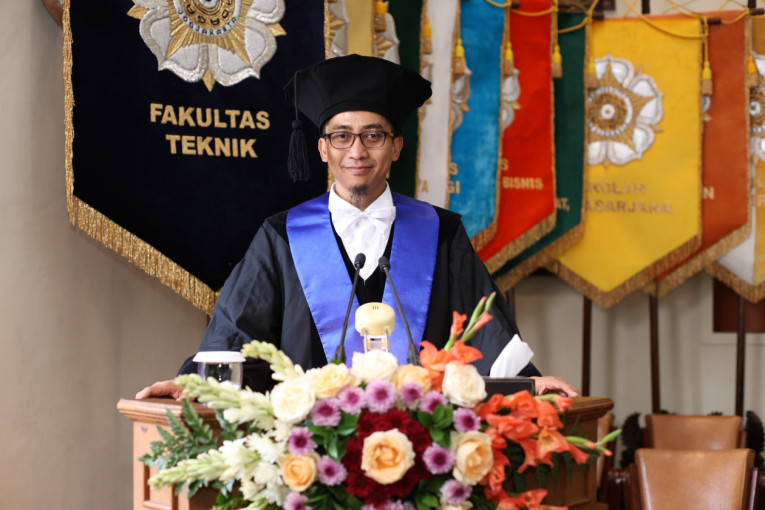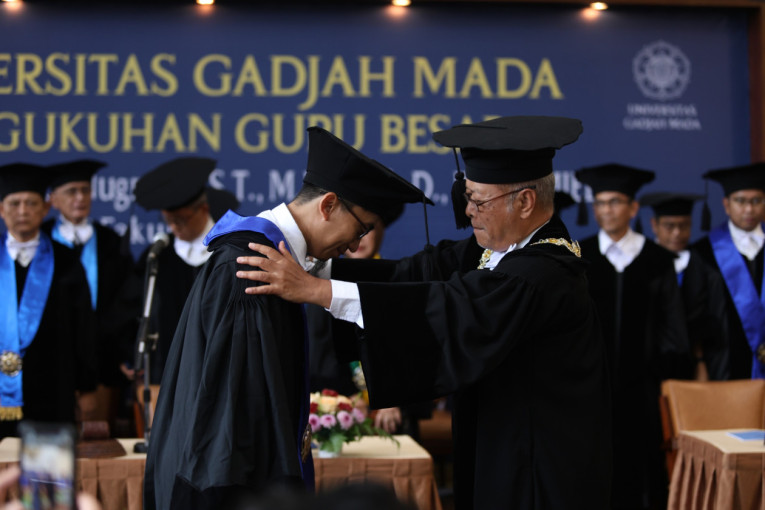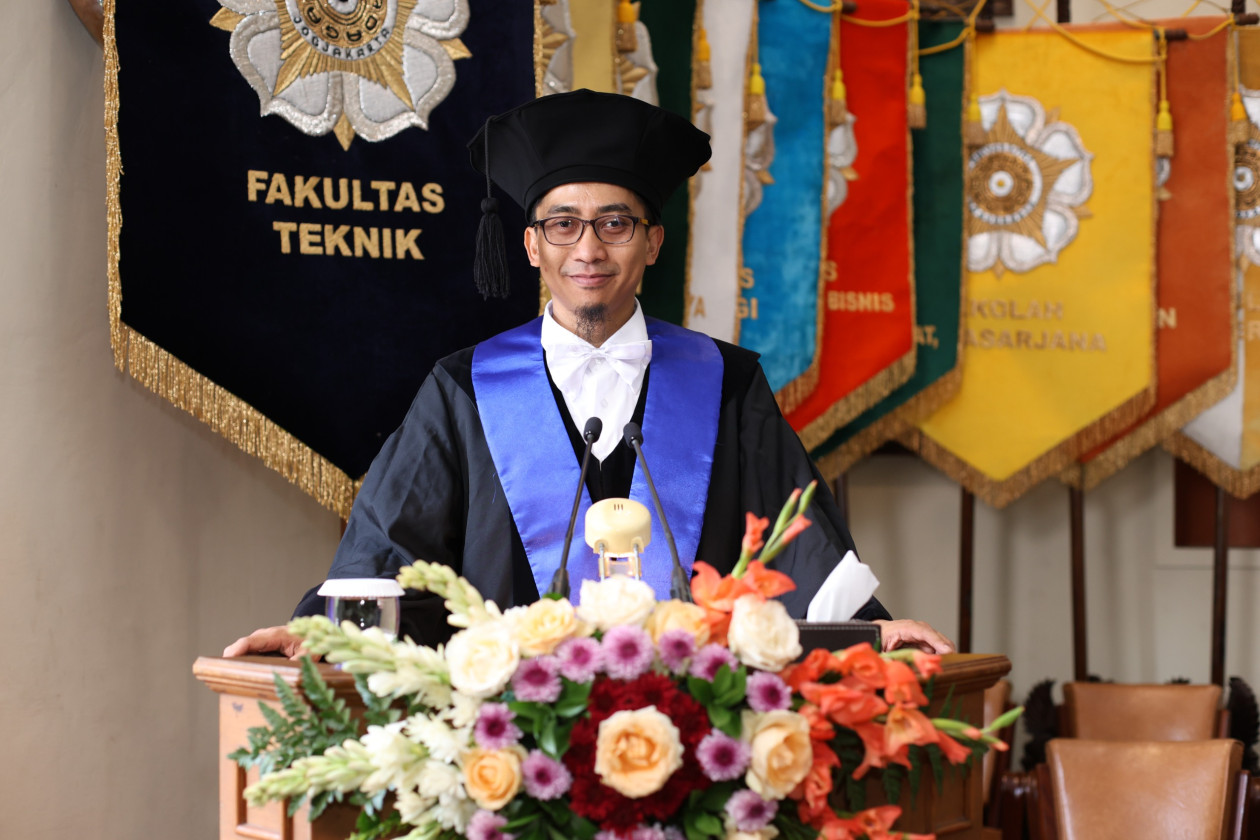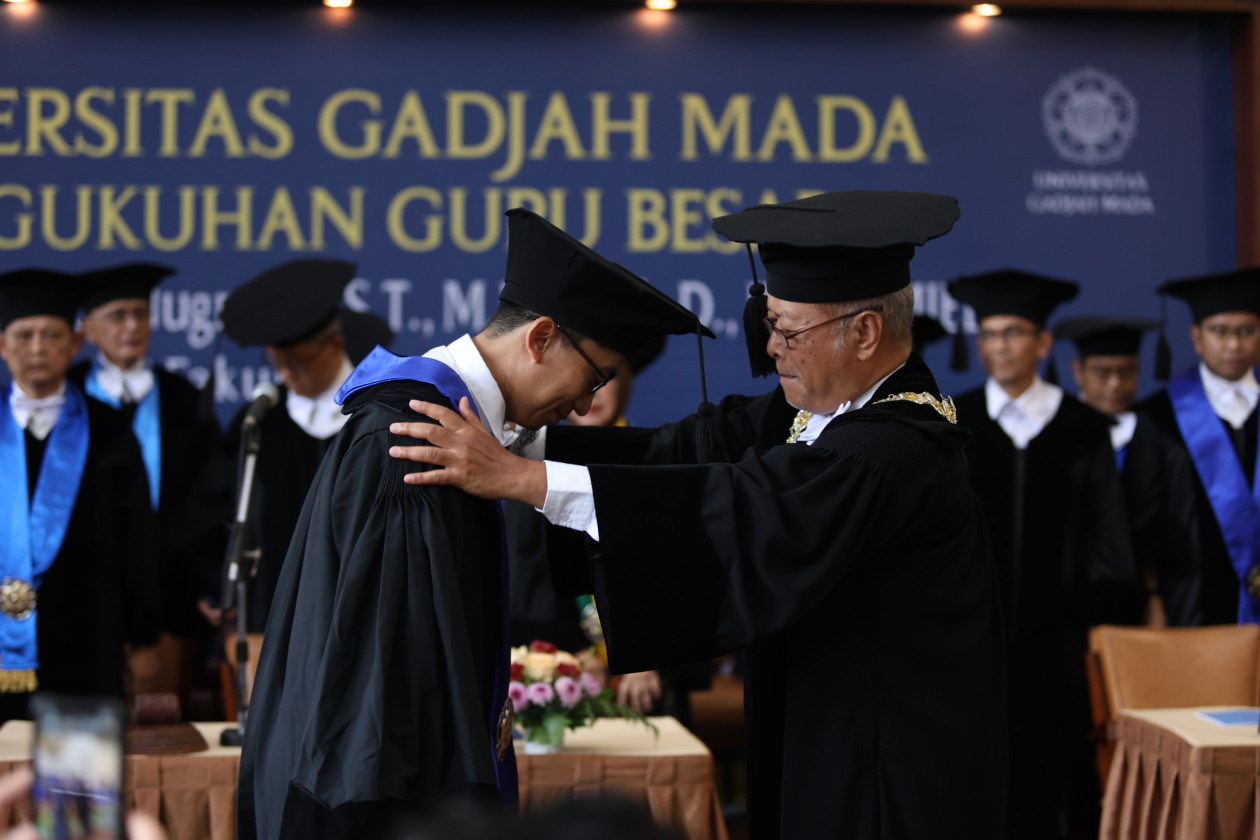Artificial intelligence (AI) has become a familiar and widely discussed topic on many platforms, from mass media to academic circles and everyday conversations. Once considered a scientific imagination, artificial intelligence is now at the core of the global technological revolution.
In its applications, artificial intelligence has penetrated various fields of science and practice.
One sector that has experienced an extraordinary impact from this revolution is the healthcare field, especially medical imaging. Medical imaging has transformed AI integration, enhancing accuracy and efficiency.
“Imagine we are in the future when a healthcare worker in a remote village on a distant island in Indonesia can detect eye diseases, brain tumors, dengue fever, or malaria with the help of a small device and then, within seconds, receive a recommendation for a precise diagnosis from an accurate algorithm,” said Professor Hanung Adi Nugroho of the UGM Faculty of Engineering.
“This may sound like science fiction, but what was mentioned is not just a fantasy.”
He conveyed this during his professorial inauguration on Thursday (November 9). On this occasion, Professor Nugroho delivered his inaugural speech titled “Integration of Artificial Intelligence in Medical Imaging.”
He spoke about the potential integration of AI in medical imaging, processing, and analysis of medical images and how it can be utilized to improve the community’s quality of life and the progress of Indonesia.
Professor Nugroho explained that artificial intelligence and biomedical engineering are rapidly growing fields with revolutionary potential in transforming healthcare services.
AI can now analyze medical images produced by equipment such as X-rays, computed tomography (CT), magnetic resonance imaging (MRI), ultrasonography (USG), and fundus cameras with impressive speed and accuracy, often identifying patterns that may escape human sight.
Integrating AI and biomedical engineering opens the way for responsible innovations in healthcare. This synergy can improve disease prevention, diagnosis, and therapy.
“For example, AI can help detect tumors or other abnormalities that may be difficult to see by the human eye. Still, there are challenges. Although the potential use of AI in biomedical engineering is enormous, its application in clinical practice is still limited,” he stated.
Professor Nugroho emphasized that the integration of artificial intelligence and biomedical engineering offers a promising solution as it can learn and study data in extensive sizes (big data) and then apply its learning outcomes to solve real cases.
However, he added that no matter how sophisticated the technology is, especially in establishing a decision or drawing conclusions, it is still a tool that cannot replace humans’ intuition, feeling, and experience.
“Without AI, a specialist doctor can still examine and accurately diagnose a patient’s illness. However, with the help of AI technology, they can do this more quickly, accurately, and efficiently,” he concluded.
Author: Gloria
Photographer: Donnie





